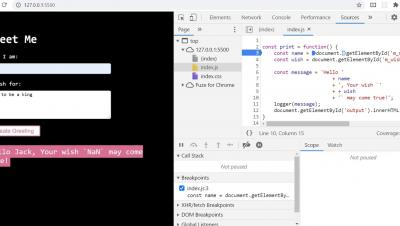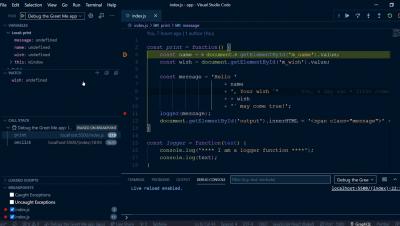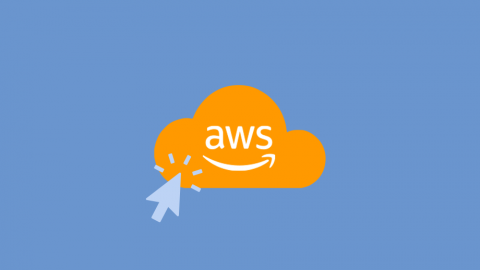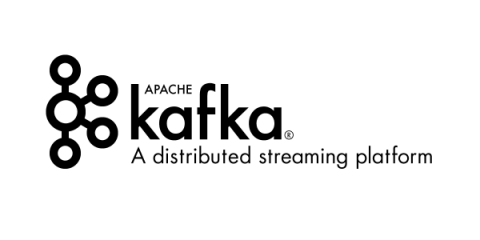Systems | Development | Analytics | API | Testing
Technology
What is Cloud Migration?
Cloud migration, also called “move to cloud,” is the process of moving existing data processing tasks to a cloud platform, such as Amazon Web Services (AWS), Microsoft Azure, or Google Cloud Platform. Private clouds and hybrid cloud solutions can also serve as destinations.
Ten Steps to Cloud Migration
In cloud migration, also known as “move to cloud,” you move existing data processing tasks to a cloud platform, such as Amazon Webservices (AWS), Microsoft Azure, or Google Cloud Platform, to private clouds, and-or to hybrid cloud solutions. See our blog post, What is Cloud Migration, for an introduction. Figure 1: Steps in cloud migration.
Demystifying Cloud Data Egress Costs
Understand the impact of data transfer and egress costs across Azure, Amazon Web Services, and Google Cloud platform in data integration One of the most frequent questions asked by cloud-savvy, price-aware customers is something like: Ok, so we like that your tool makes it easy to integrate our cloud database and storage in our centralized data warehouse, but I know our budget will be scrutinized for Total Cost of Ownership (TCO), including our data egress costs.
Deploy turn-key DataOps for AWS MSK
Running your own Kafka is starting to feel like wading through oatmeal. We’re not the only ones thinking that. The majority of organizations we speak to have or are in the process of moving their Kafka to a managed service. If you’re already an AWS-shop, Managed Streaming for Apache Kafka (MSK) is a no-brainer. It is the same Kafka that we know and love and integrated with other AWS services such as IAM, Cloudwatch, Cloudtrail, KMS, VPC and more.
Mobile Cloud Testing 101 | Introduction and Implementation
With 2.1 billion smartphone users and 10,000+ mobile apps released daily, the mobile application field seems lucrative yet more competitive than ever, especially the testing landscape. To account for such demands, entering cloud mobile testing: transparency and mobility allow businesses and developers teams to optimize their mobile app testing pipeline while ensuring the application quality.
Introduction to the Snowflake Data Cloud
Kafka Load Testing
This post is about Kafka and the process I have been through recently writing a performance test for an application that subscribes to messages from this technology. The test I ended up with was in the end very straightforward but there were several hurdles that took a while to resolve. I hope that reading this post will hopefully help you avoid them.
How to Debug a Kotlin Multiplatform Mobile App From Scratch
Kotlin Multiplatform apps are a great option for big projects. They allow us to unify the business logic under a Kotlin module while using the latest perks of each platform’s individual UI, significantly reducing development costs. Debugging in Kotlin Multiplatform is easy, as you can use typical tools like adding breakpoints and printing logs in the console – and in Bugfender. Continue reading for a full tutorial. KMM stands for Kotlin Multiplatform Mobile.










